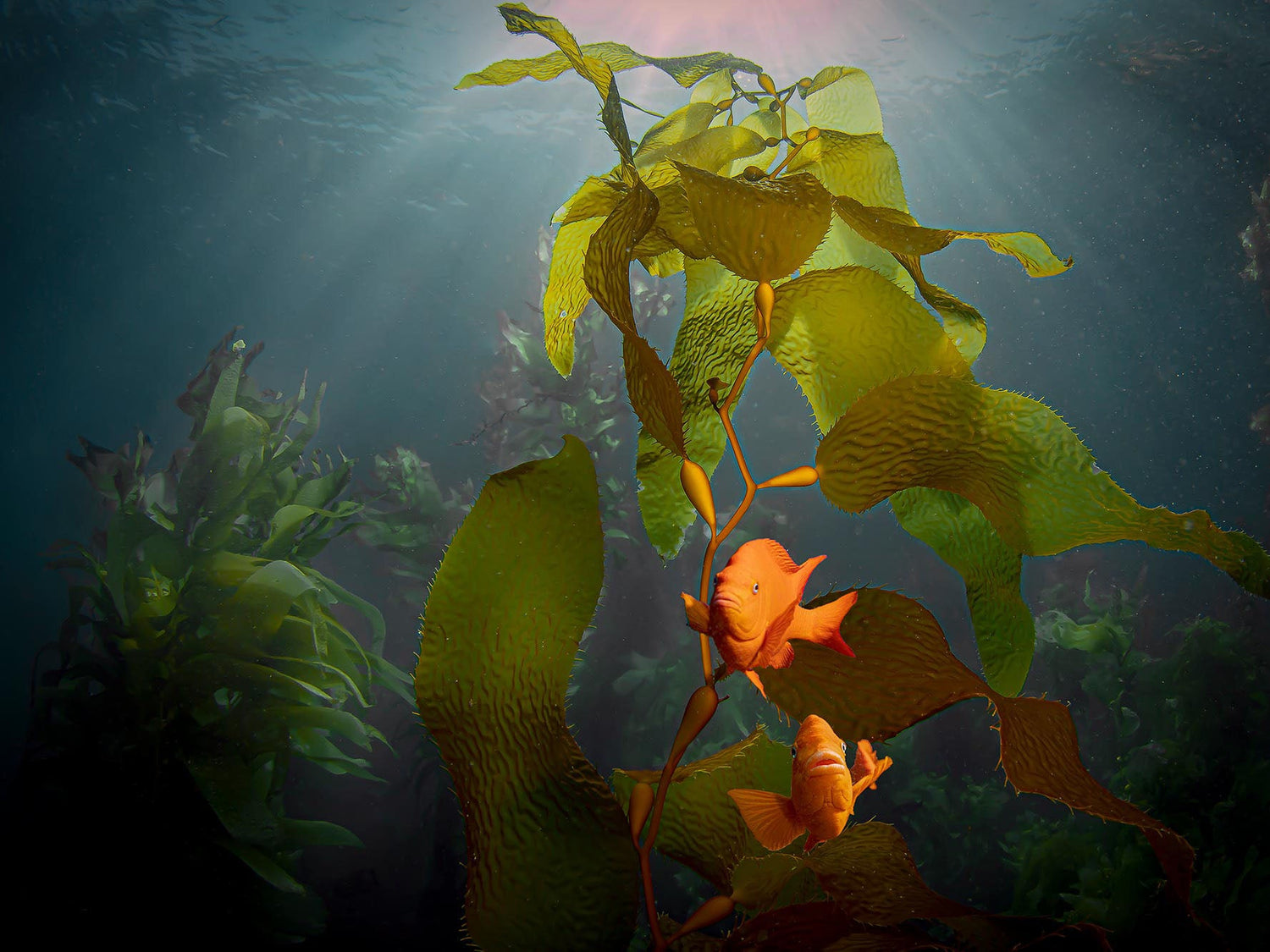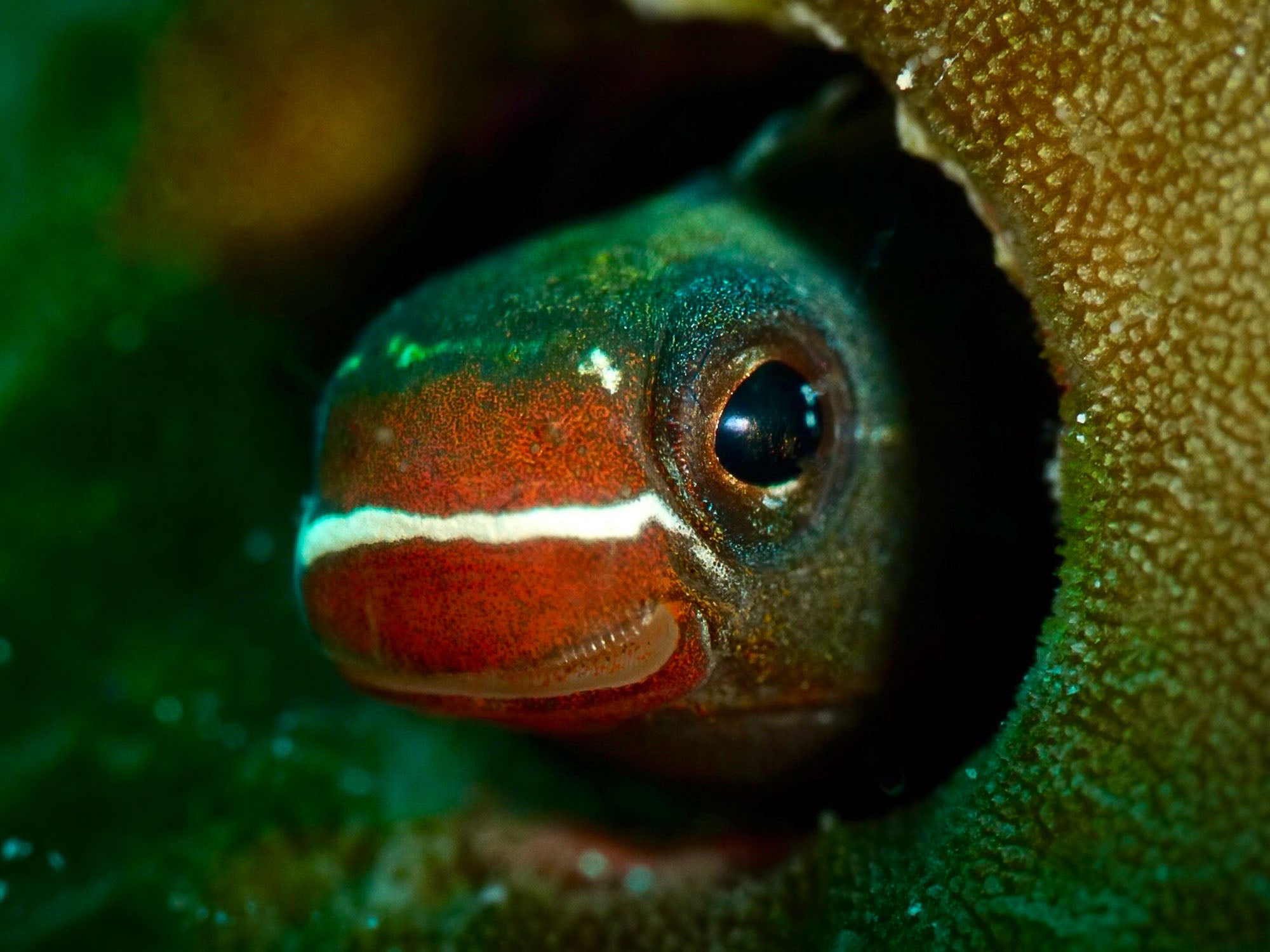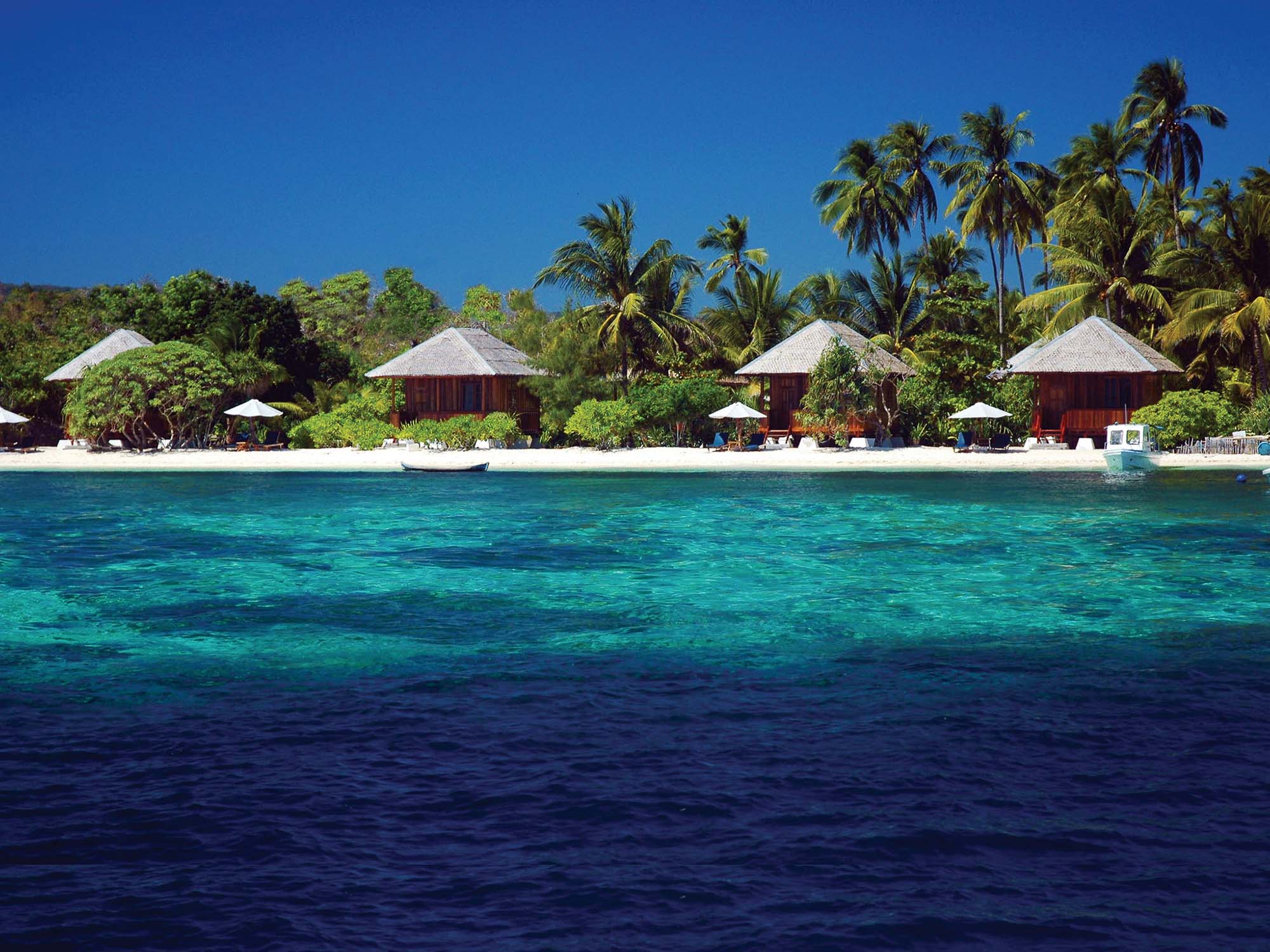Whether you're US-based and looking for an easy dive trip, or visiting Los Angeles and in need of a dive diversion, Catalina may be just right for you.
Why Dive Catalina Island?
Catalina Island is a popular destination among divers for its unique kelp forests, plethora of marine life, and topside beauty. It’s a great destination for newbie divers for its accessibility, and a hotspot for pros for its diversity and abundance of life. Underwater photographers and videographers are especially drawn to this area for its variety of color, landscape, macro and wide-angle opportunities.
Where Is Catalina Island?
Catalina Island is located off the southern coast of California in the United States. Catalina is the southern-most of California’s Channel Islands. The main port is a town called Avalon, home to the famous Casino Point Dive Park.
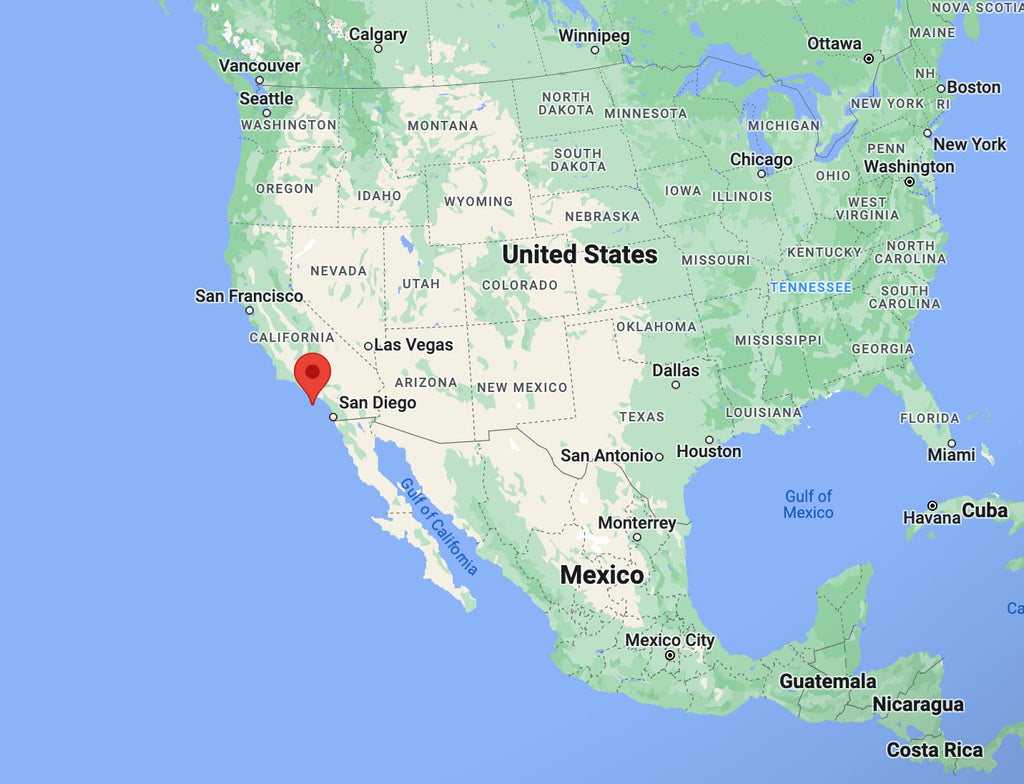
Getting to Catalina Island
Several operators run day boats offering 2- or 3-tank dives and departing from the coast of California. Or you can ferry over to Avalon on the comfortable Catalina Express or Catalina Flyer. The ferry ride is about 1 hour and allows you to bring your dive bag on board. Keep an eye out for dolphins along the way.
Water Temperature
Peak dive season on Catalina Island is July to late September. You can expect water temps during this period range from ~ 65° - 68°F (18.3° - 20°C). 5mm full wetsuits are popular on Catalina during summer months and should be sufficiently warm, although prepare to layer up or bringer a thicker mm suit if you tend toward being cold while diving.
Year-round diving is also possible and popular. During the winter, water temps drop to about 59°F (15°C). Divers will be most comfortable in either a drysuit or a 7mm wetsuit with hood, gloves, etc.
Essential Underwater Photo Equipment
- Wide Angle Lens
You don’t want to leave your wide-angle gear at home for this trip. The kelp forest makes for ethereal imagery with light rays shining through. A fisheye lens can make a great piece of gear for capturing the substantial size of the kelp fronds. There are also many subjects, like starfish and sea urchins, which will set you up for memorable close-focus wide-angle shots too.
- Strobes or Video Lights
There are some beautiful natural light photo opportunities close to the surface of the water. With the dancing kelp, blue water, and orange garibaldi, and pink-purple sheephead fish, viewers might mistake your images for a shot from a staged aquarium. But it becomes quite dark below about 15 feet (5 meters) and strobes or video lights will be necessary.
Nice to Have
- Macro Lens
If you’re on a day boat then a wide angle zoom lens is probably the way to go. But if you're staying for multiple days on island, then it can be fun to switch over to a macro lens for a dive or two. Read Douglas Klug’s Colors in Cold Water: 6 Tips for Shooting Macro in Southern California for an in-depth look at how to spot, photograph, and be prepared for the multitude of macro subjects in Southern California.
Signature Images
We find that we get the best images when we hit the water with some inspiration in mind. Here are some classic underwater shots you can capture around Catalina Island.
- KELP [Wide Angle]
The kelp forest is like shooting in a magical garden. But stay close to your buddy because it can be very easy to get tangled or lost.
Kelp Forest Camera Settings & Technique Cheat Sheet
Underwater Cathedrals: Shooting Magnificent Kelp Forests
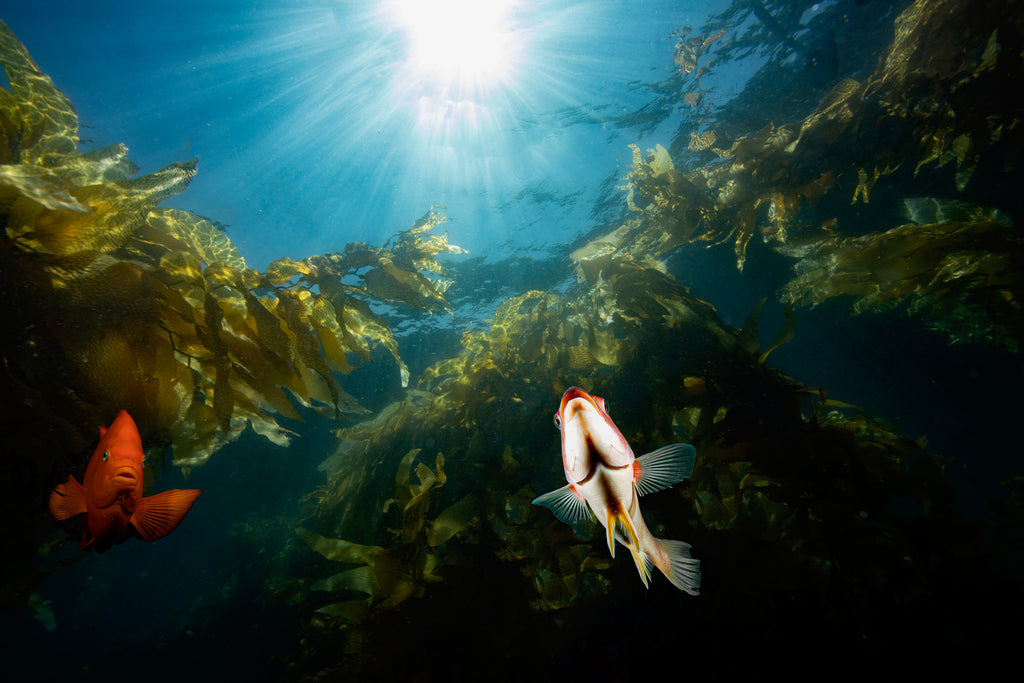
Image © Gary Burns
- KELP [Macro]
Don’t pass up the opportunity to get macro shots of kelp either. The patterns of the kelp can make for an artsy print to hang on your wall.
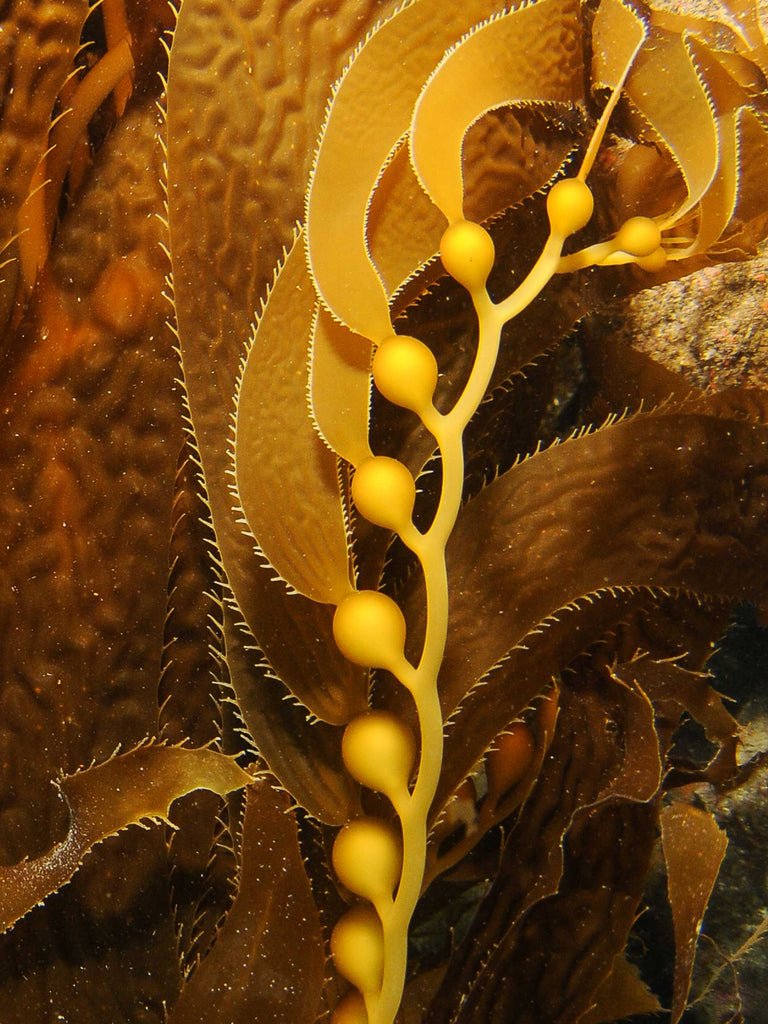
Image © Jean Rydberg
- GARIBALDI
These photogenic technicolor fish provide an pop of contrast against the kelp. They are fairly curious and often quite willing to pose for you. The newest cameras with animal eye tracking autofocus work are amazing at tracking the garibaldi’s eyes.
Garibaldi Camera Settings & Technique Cheat Sheet
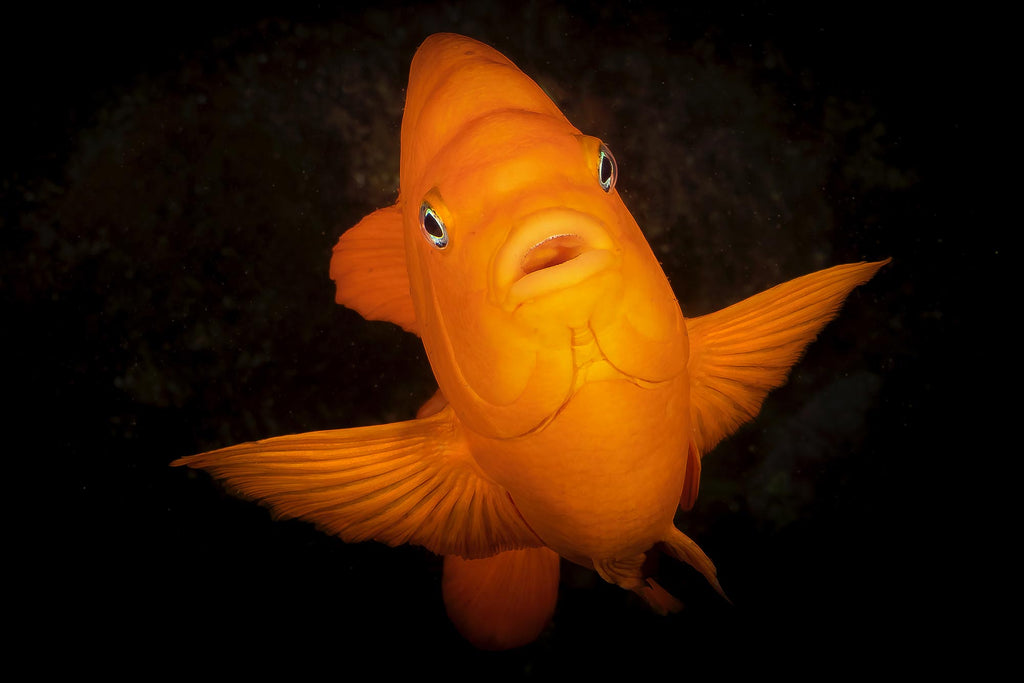
Image © Gary Burns
- EGG-YOLK JELLYFISH
As fun to watch as they are to photograph, the egg-yolk jelly is one of the most fantastic subjects floating around Catalina. And lucky for us they usually aren’t moving too quickly! Try one of the new AI-sharpening tools like Topaz Photo to bring out the detail in every tentacle.
Jellyfish Camera Settings & Technique Cheat Sheet
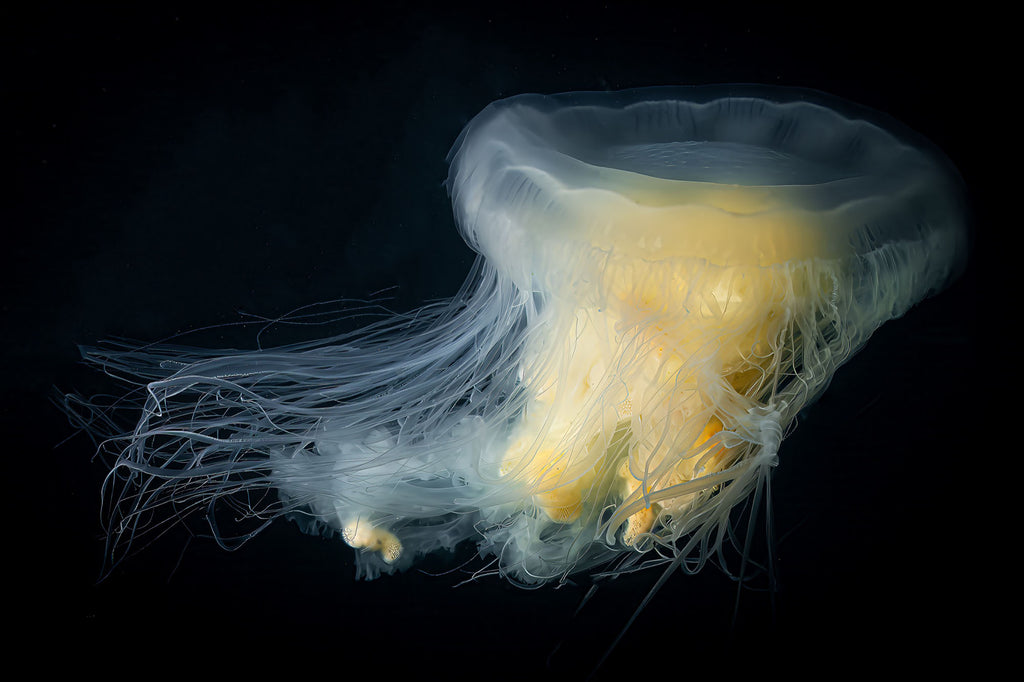
© 2023 Gary Burns
- SEA LIONS
Some dive sites around Catalina are popular places to find sea lions playing in the shallows. Turn off your strobes and use a fast shutter speed to capture them in action.
A Guide to Underwater Animal Portraits
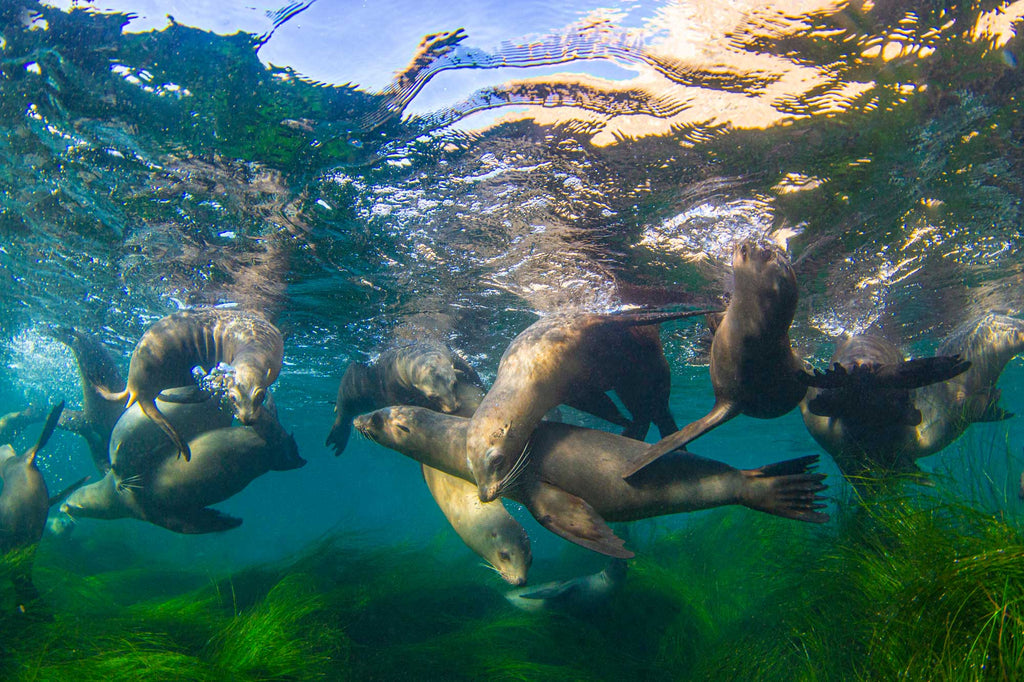
Image © Douglas Klug
- NUDIBRANCH
Nudibranch enthusiasts will want to pack their macro lenses. There are nearly 200 species of nudibranchs inhabiting South California’s kelp forests and their variety of color and unique shapes might have you skimming the reef for the entirety of your dive.
Nudibranch Camera Settings & Technique Cheat Sheet

Image © Douglas Klug
- GIANT SEA BASS
Keep an eye out for these behemoths that like to laze around the SueJac wreck or just cruising around in about 40-60 feet of water. This endangered population of monster fish are slowly building up in numbers and can sometimes be seen in groups of a dozen or more.
- SO MUCH MORE!
The marine life on Catalina Island really is that bountiful, colorful, and fun. You’re sure to see plenty of kelp bass and pink-purple sheephead fish. Lucky divers may also spot angel sharks, California horn sharks, octopus, and bat rays.
Additional Reading
An Insider's Guide to Shore Diving Catalina Island
Customer Photos | Douglas Klug in California's Kelp Forests and Beyond
Nikon Z6 II or Canon R6 Housing? Back in the Water in Catalina [VIDEO]
Octopus Underwater Camera Settings and Technique











